12 Best Tourist Places in DholpurIntroductionDholpur, which is in the eastern region of Rajasthan, split off from Bharatpur in 1982 and now consists of the four tehsils of Dholpur, Rajakhera, Bari, and Baseri. Dholpur, which was separated from the Bharatpur district, is bordered on the north by Agra, on the south by the Madhya Pradesh district of Morena, and on the west by Karauli. Dholpur has always been one of the most intriguing areas in the state because it has seen some of the oldest civilizations and has a very rich cultural legacy. This princely state's history can be traced back to Buddha's time. Dholpur was formerly referred to as Dhawalpuri after King Raja Dhawal Deo founded the city around 700 AD. It then became known as Dholpur. Dholpur is famous as a location with the highest recorded temperature in India, at 50 °C on 3 June 2017. The hottest months are May and June, which mark the oppressive summer season. Temperatures in summer are normally higher than 40 °C. The coldest months are December and January, where temperatures sometimes reach near-zero and subzero levels. The lowest recorded temperature is -4.3 °C on 29 January 2017. The annual average rainfall is 860 mm. Dholpur is also famous for its wonderful sandstones, especially the red sandstone, which was also used to build the famous Red Fort in Delhi. Dholpur has its history written behind remains from the Mahabharata period to the relatively recent Mughal era, and several forts and lakes form a part of it. Earlier known as Dhawalgiri and later on as Dhaulagiri, it is now always referred to as Dholpur. Place of Interest in Dholpur1. Shergarh FortThe Shergarh Fort, which is located south of Dholpur, was constructed by Raja Maldeo of Jodhpur. Sher Shah Suri rebuilt it in 1540 and named it Delhi's Sultan. Originally, this fort was constructed as a barrier against the Mewar kings. This ancient structure is regarded as the pinnacle of elaborate, delicately crafted architecture from the past. 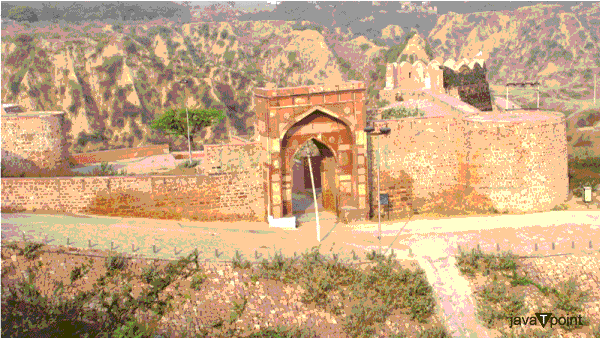
The Shergarh Fort, adorned with carved sculptures, statues of Hindu gods, and Jain motifs and previously surrounded by water, is regarded as Dholpur's main attraction. It still stands strongly with its final towers and tall stone walls, providing what was once a breathtaking vantage point to observe activity on the Chambal River. Its enormous stone gateway is impressive to see. 2. MachkundMachkund is a cleaner, lesser-known alternative to the famous Pushkar Ghats, located 10 minutes from Dholpur. Both Pushkar and Machkund have lakes with steps for pilgrims to bathe in, and both are considered sacred by Hindus. 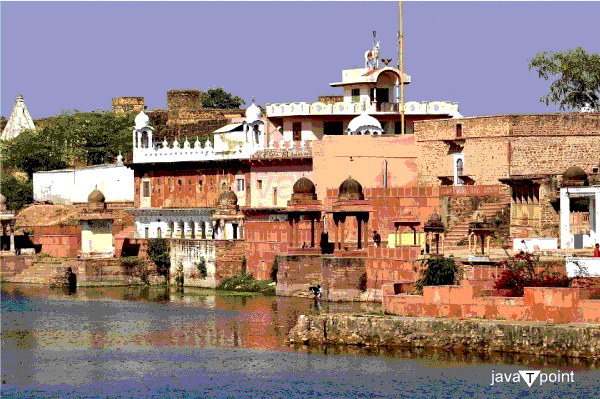
Ancient havelis and temples constructed by royalty and the affluent surround the lake. Other than on religious holidays, not many people visit this place. If any of the havelis or temples are open, visitors take the chance to look inside because the masonry in them is amazing. According to legend, Raja Muchchhkund was sleeping here when the demon KaalYaman (while pursuing lord Krishna) accidentally woke him up. The demon KaalYaman was burnt to ashes because of a divine blessing to Raja Muchchhkund. It is now a sacred place for pilgrims. 3. Kesarbagh Palace and Rashtriya Military SchoolTwo of the four wildlife sanctuaries in Dholpur are Kesarbagh Palace and Rashtriya Military School, which are both located a 15-minute drive from the city. One is named after Kesarbagh Palace, which the Jat royal family and the rulers of Dholpur lived in before moving to their present position in the middle of the city. 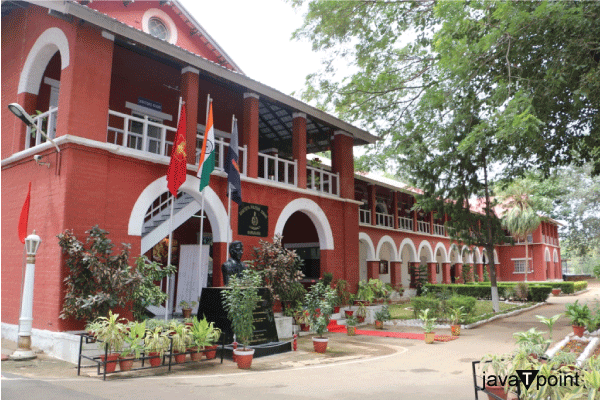
Rashtriya Military School (RMS) now resides on the grounds and in the opulent structures of Kesarbagh. Some of the oldest Dhok (native trees that grow well in rocky, barren regions) trees can be seen in the woodlands on the school site. Employees at the school have spotted sloth bears, leopards, and a variety of birds on the school's grounds. RMS is not a public building, and guests must obtain permission from the principal before entering the site. 4. Talab-e-ShahiThe Talab-e-Shahi from the 17th century is located near Damoh and is accessible by car, around 30 minutes from Dholpur. Talab means lake. A red sandstone structure that served as a hunting lodge is located on one side of the artificial lake. Shah Jahan's name is given to the lake. He frequently traveled to Dholpur for hunting, so the local kings built him this opulent lodge so he wouldn't have to endure uncomfortable temporary camps. The lake attracts a large number of winter migratory fowl such as pintail, shoveller, red-crested pochard, common pochard, tufted duck, garganey teal, wigeon, and Gadwall. 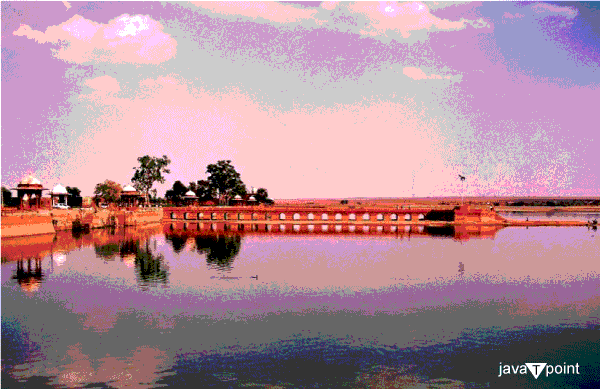
A large number of migrating birds, including pelicans, flamingos, waders, ospreys, and others, are drawn to the lake and other water bodies in the vicinity throughout the winter. Unfortunately, there are many problems with the hunting lodge. One section of it serves as a police station, while the other is abandoned and locked up. 5. Van Vihar Wildlife SanctuaryThe Van Vihar wildlife sanctuary is a well-known tourist destination in Dholpur. It is dispersed over a significant planted area, offering guests beautiful views and an incredible ambiance. Some of the rarest animal and bird species can be found in Van Vihar. Maharaja Udaibhan Singh, who strongly appreciates nature, founded the Van Vihar region. He used to wander the streets of Van Vihar, feeding local animals. There is a little rest house in the woodland where guests are welcome to stay. When royals used to visit, it was built with their needs in mind. The Van Vihar Sanctuary is situated on the steep Vindhaya plateau, surrounded by Khair and Dhok trees. 
Wild species like the chital, sambhar, wild boar, blue bull, leopard, hyena, and sloth bear are well-known at the Van Vihar Sanctuary. Numerous uncommon carnivorous and herbivorous species are among its numerous varieties. Tigers are claimed to have been found in this sanctuary until the 1960s. However, these wild creatures vanished from this location due to a lack of diligent observation. 6. Ramsagar Wildlife SanctuaryRamsagar Wildlife Sanctuary is 18 kilometers from Van Vihar Wildlife Sanctuary. Ramsagar Sanctuary is surrounded by a lake known as Ramsagar Lake, which attracts numerous exotic birds throughout the winter. This sanctuary has a wide variety of reptiles, including snakes and crocodiles. It is a haven for rare freshwater fish species that are on the verge of extinction. 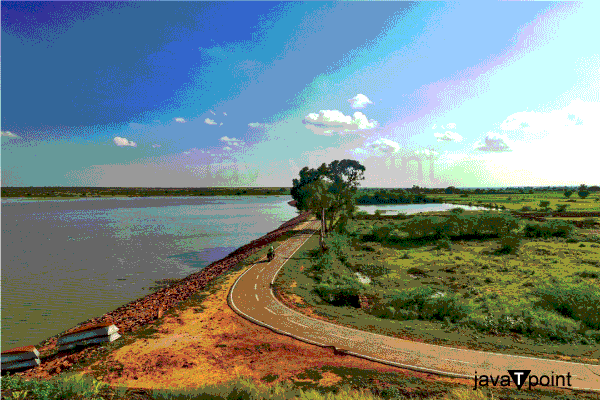
This Wildlife Sanctuary attracts nature enthusiasts and photographers looking for sights of uncommon bird species. Ramsagar is a haven for many migratory birds who spend part of the year here. The park is home to darters, white-breasted water hens, jacanas, moorhens, stilts, ringed plovers, herons, and river terns. In addition, the reserve is renowned for the aquatic creatures that can be found in Ramsagar Lake. The Ramsagar Wildlife Sanctuary in Dholpur offers visitors a whole bundle of amusement. 7. City PalaceThe City Palace, additionally known as the Dholpur Palace, is a lavish building that skillfully combines historical significance with graceful design. This red sandstone palace, which served as the former residence of the Royal Family, serves as an example of the history, splendor, and magnificence of the city. The Jaipur royal family constructed the Dholpur Palace to host Albert Edward on his visit to India in 1876. The palace, which is constructed out of Dholpur red stones, is located in Dholpur town in the eastern region of Rajasthan, near the state boundary of Uttar Pradesh, with the Chambal ravines of Madhya Pradesh on either side and Agra to the northwest. 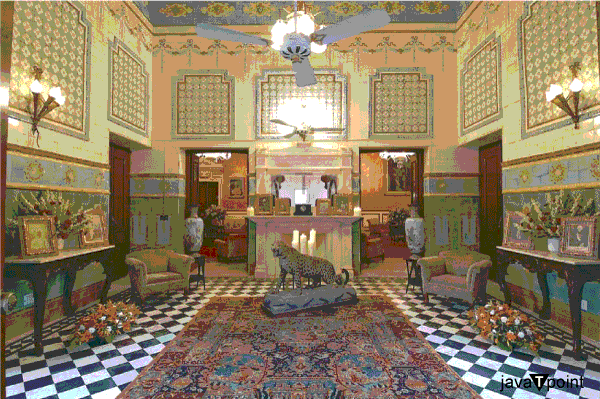
It is well recognized for its stunning natural surroundings, uncharted woodland terrain, and a wealth of recreational activities. The royal princes are undoubtedly drawn to this region in the past for their hunting expeditions through the deep of the jungles. Both the illegal sandstone quarries and the ravines that served as a shelter for bandits and dacoits are well known in this area. 8. Nihal TowerThis 150-foot-high tower, located on Town Hall Road and colloquially known as Ghanta Ghar, was begun in 1880 by Raja Nihal Singh and completed around 1910 by Raja Ram Singh. 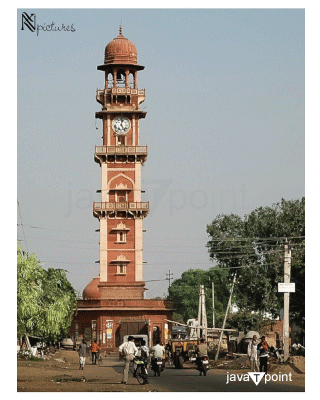
This 105-year-old Nihal Tower in Dholpur is home to Asia's largest clock tower. Raja Nihal Singh of Dhaulpur oversaw the construction of the tower in 1880. The locals think this tower is unlike other towers because it was built with roughly eight different metals. Sadly, the clock tower has lost some of its previous splendor and needs to be rebuilt before it collapses. 9. Sher Shikhar GurudwaraThe Sher Shikhar Gurudwara was built near Machkund in Dholpur in response to an important visit by Guru Hargobind Sahib, the sixth of the Sikh Gurus. The Sher Shikhar Gurudwara is one of the most prominent Gurudwaras in Sikhism and has historical significance. 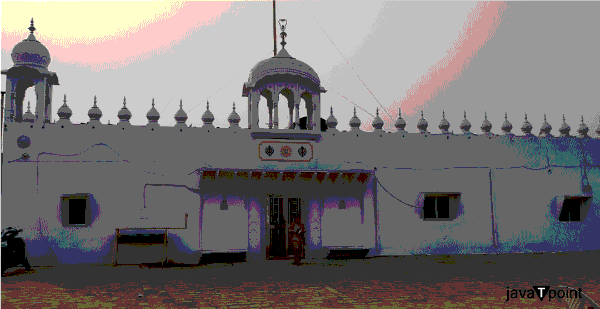
This location draws Sikhs from all across the country to seek the blessings of their forefathers and instructors. 10. Shri Ramchandra TempleIn the distant past, in the town of Dholpur, a statue of Lord Ramchandra sprung from the ground. A cowherd lad at the time controlled the plot of ground from which the idol emerged. 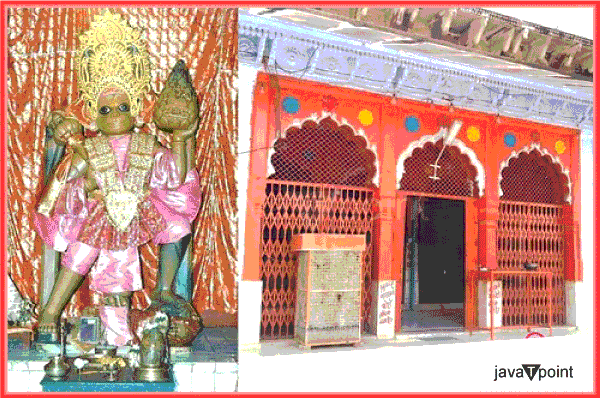
Keerat Singh, the kingdom's then-Maharaja, acquired the cowherd's idol and placed it in a gorgeous temple. The deity erected at the Dholpur temple is four-armed, precisely like Lord Vishnu's form, in contrast to the conventional idols of Lord Rama. 11. Achaleshwar Mahadev Temple in DholpurThe Achaleshwar Mahadev Temple is located in the outlying Chambal region of the Dholpur District, making it quite challenging to get to. It was constructed some 2500 years ago. Lord Shiva is honored by having it. It's thought that the Shiva temple at Dholpur, Rajasthan, is one perplexing shrine. The Shivling in the Achaleshwar Mahadev Temple, however, undergoes three hue changes each day. 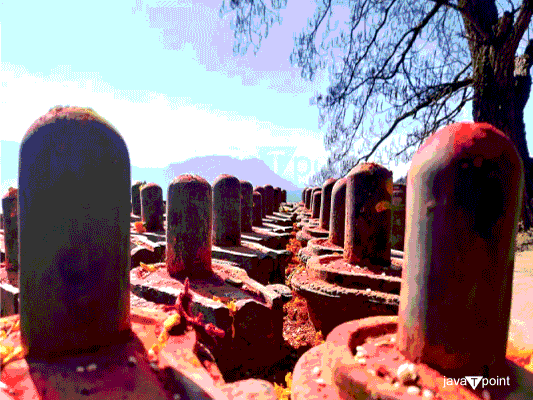
While experts assume that the hue shift is caused by sunshine, no research has been conducted to support this notion. The Shivling is red in the morning and transforms to saffron in the afternoon. During the night, Shivling's coloring shifts to black. Many people gather here to seek Lord Shiva's assistance. 12. Chopra Shiv Temple / Chausat Yogini TempleThis temple was constructed in the 18th century. It is Dholpur's oldest Shiv Temple. During Maha Shiv Ratri in March, this temple is crowded with visitors and Shiv worshippers. Because Hindu mythology considers Monday to be the day of Lord Shiv, large groups flock here on Mondays to make sacrifices and give prayers. 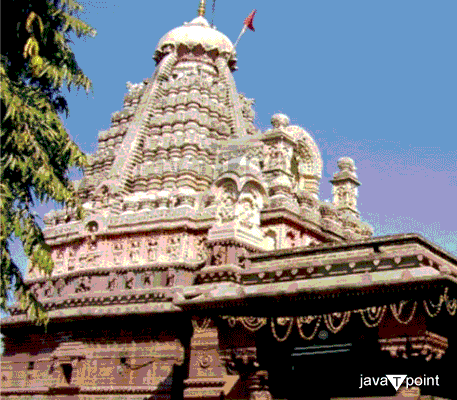
It is only a half-kilometer away from Dholpur's new bus stop, making it very close by. Visitors may also hire a rickshaw to reach the temple. The architecture of this historic temple is exquisite. ConclusionThus, we can say that Dholpur, which is located roughly halfway between Gwalior and Agra, is a popular day trip destination for visitors from neighboring cities. It is still one of the most intriguing areas in the state as it has seen the earliest civilizations and has a very extensive cultural legacy. Before Independence, it served as the capital of the Dholpur princely state. Today, it is a city with rich cultural diversity and historical splendor. Frequently Asked Questions about Dholpur-Q 1. Who ruled over Dholpur? A 1. The Maharaj Ranas, who belonged to the Bamraolia Jat clan, ruled over Dholpur [Dhaulpur] in Rajasthan. In 1836, Kirat Singh, the first Maharaj Rana of Dholpur, was succeeded by Bhagwant Singh, who continued to rule under British protection. Q 2. Dholpur has a population of how many people? A 2. In 2023, the population of Dholpur is expected to be 1,677,058. Q 3. What is the weather like in Dholpur? A 3. In Dhaulpur, June is the hottest month of the year, with an average high of 103°F and a low of 85°F. Between December 7 and February 12, which is the length of the cool season, the daily high temperature typically falls below 78°F. With an average low temperature of 46°F and a high temperature of 71°F, January is the coldest month of the year in Dhaulpur. Q 4. What Season Is Best for visiting Dholpur? A 4. December is the best month to visit Dholpur.
Next TopicTourist Places In Firozabad
|
 For Videos Join Our Youtube Channel: Join Now
For Videos Join Our Youtube Channel: Join Now
Feedback
- Send your Feedback to [email protected]
Help Others, Please Share










